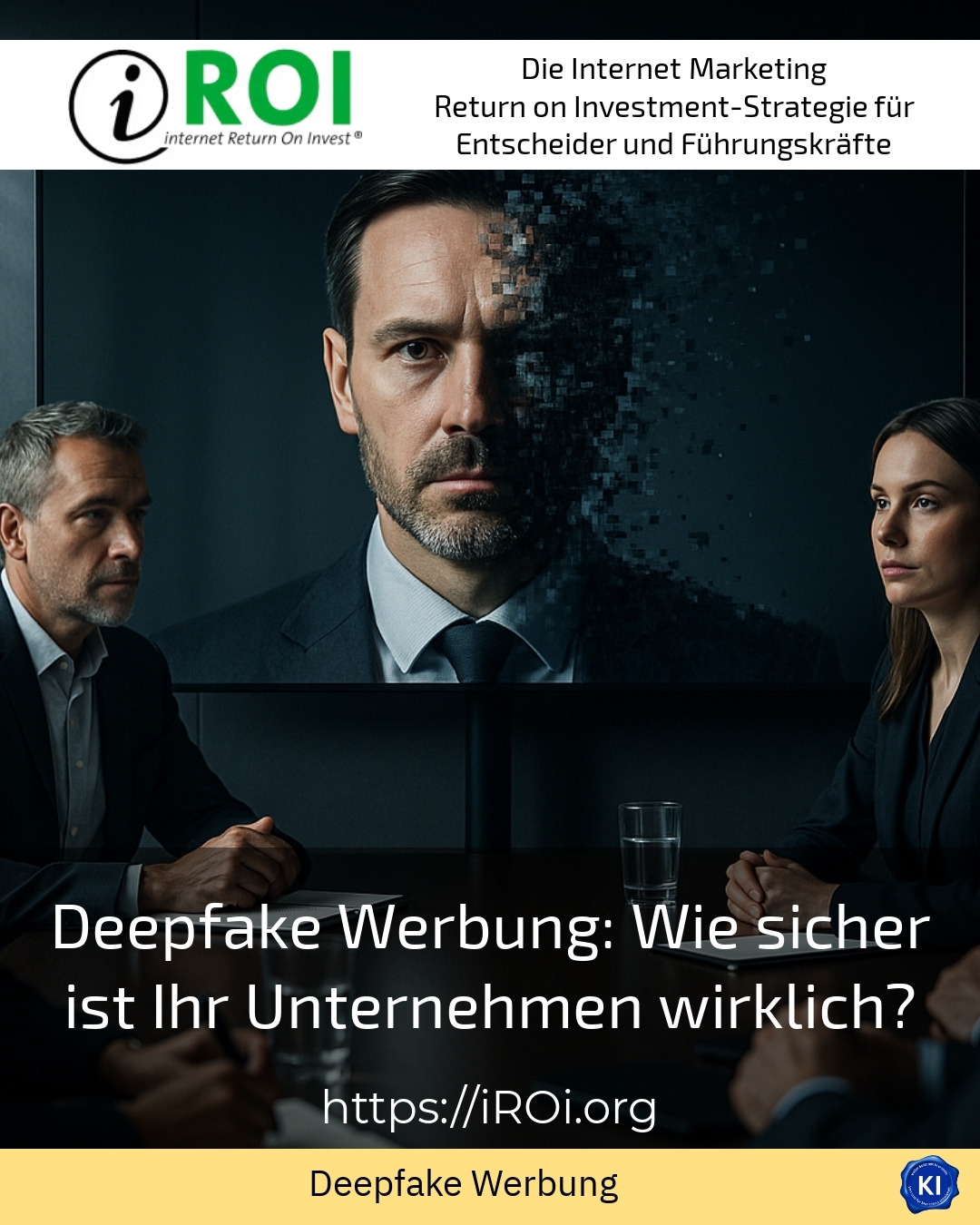The use of deepfake advertising is a current topic that harbours both opportunities and risks. Deepfakes are artificially generated or modified content that is created by AI and can appear very realistic[13]. They offer companies the opportunity to create hyper-personalised campaigns to better target consumers and create unique advertising experiences[10]. However, there is also a risk that such techniques can be misused for fraudulent purposes by deceiving consumers or compromising sensitive data[1][4].
Opportunities for deepfake advertising
Deepfake advertising enables companies to revolutionise their marketing strategies. Deepfakes can be used to display models with different skin colours or body shapes, for example, in order to appeal to different target groups. This technology helps to create personalised ads that offer customers a unique experience and encourage them to perceive products as part of their personality[10].
One notable example is Zalando's campaign with Cara Delevingne. Here, over 60,000 versions of a promotional video were created that were customised for different locations. In each video, Delevingne mentioned the name of the city in which the video was shown, which allowed for extreme personalisation[16].
Risks of deepfake advertising
Despite the advantages, deepfake advertising harbours considerable risks. Fraudsters use deepfakes to deceive consumers and lure them into investment traps. These fake videos often feature celebrities who supposedly promise sensational returns with minimal investment[8][14].
A case from Australia shows how deepfakes were used on Facebook and Instagram to persuade users to take part in an investment programme. In these videos, Australian Prime Minister Anthony Albanese raved about a pseudo-legal investment programme that was, however, fraudulent[14].
How to recognise fake advertising
To protect yourself from fake advertising, it is important to recognise a few signs. Facial expressions and lip movements in videos can appear unnatural and the voice can sound unusual. Missing sources such as reputable media or official channels are also an indication of fakes[1].
Websites without an imprint or with frequent spelling mistakes are often signs of dubious offers. Exaggerated promises such as "10,000 euros per week" should also arouse suspicion[1].
Practical measures against deepfake fraud
A number of measures are necessary to protect companies from deepfake fraud:
BEST PRACTICE for protection against deepfakes:
Companies should educate their employees about the risks of deepfakes and implement strict security measures. These include the verification of communications and the avoidance of transactions based on falsified instructions[4].
In addition, Jiří-Themes can use detection software to recognise fake content and have a zero-tolerance policy towards suspicious calls or messages[5].
My analysis
Overall, deepfake advertising harbours both great opportunities and considerable risks. Companies should be aware of this technology and take measures to protect themselves from potential fraud attempts. Carefully analysing the benefits and risks of deepfake advertising can help companies develop effective marketing strategies without compromising security.
Further links from the text above:
Consumer advice centre warns of deepfake advertising
Deepfake videos lure you into investment traps
Deepfakes: recognise danger and protect yourself
Deepfake adverts on social media
For more information and if you have any questions, please contact
Contact us or read more blog posts on the topic
TRANSRUPTION here.















